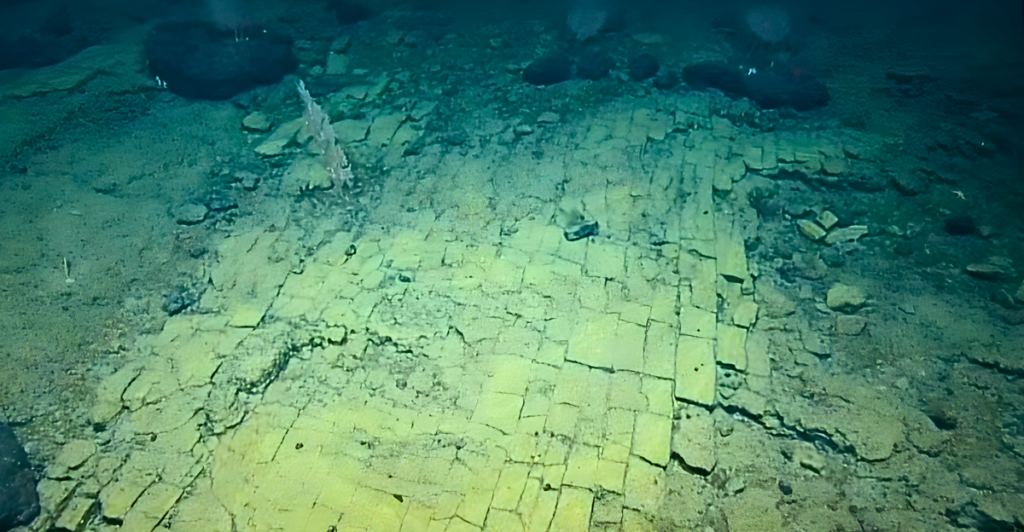
Scientists aboard the Nautilus made a remarkable discovery at the bottom of the Pacific Ocean in 2022–a formation resembling a “Yellow Brick Road” running along the ocean floor. This intriguing geological find, which can be found west of the Hawaiian Islands, has sparked interest for its unusual appearance and the rich marine life that inhabits the area.
The Discovery
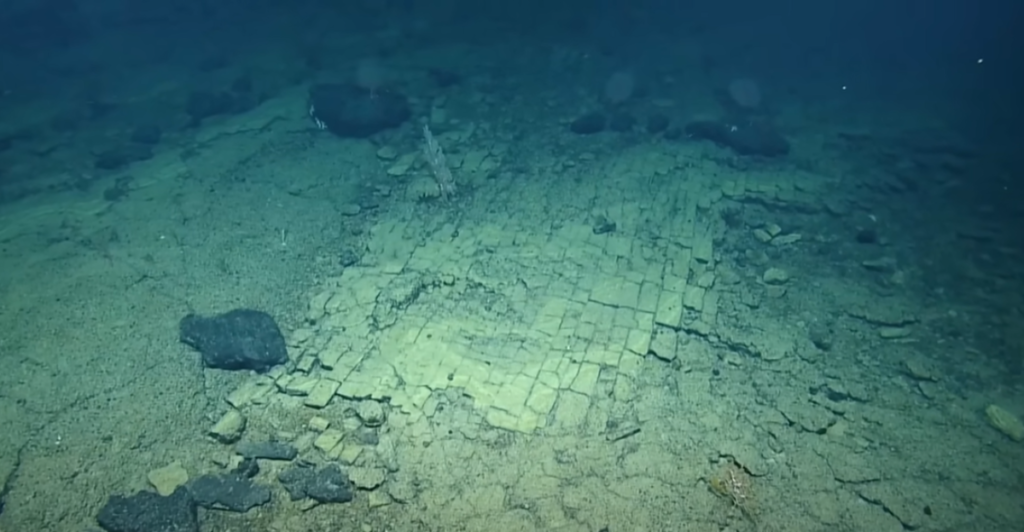
The “Yellow Brick Road” was discovered while exploring the Liliʻuokalani Ridge in the Papahānaumokuākea Marine National Monument (PMNM). The marine monument is one of the largest marine conservation zones in the world, spanning over 580,000 square miles and lying 3,000 meters under the ocean’s surface. However, only about 3% of its sea floor has been explored.
The Explorers
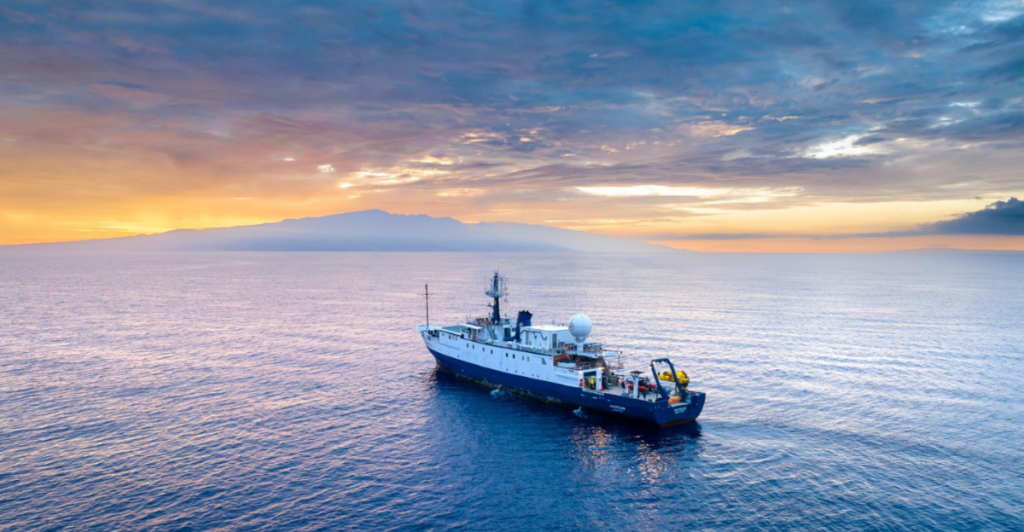
The Nautilus was a research vessel operated by the Ocean Exploration Trust (OET), a non-profit organization that uses active outreach and public engagement strategies in its work. As part of this strategy, the group often livestreams its adventures. They filmed the discovery and later posted it on YouTube. Two years later, the discovery is making internet headlines again.
Characteristics
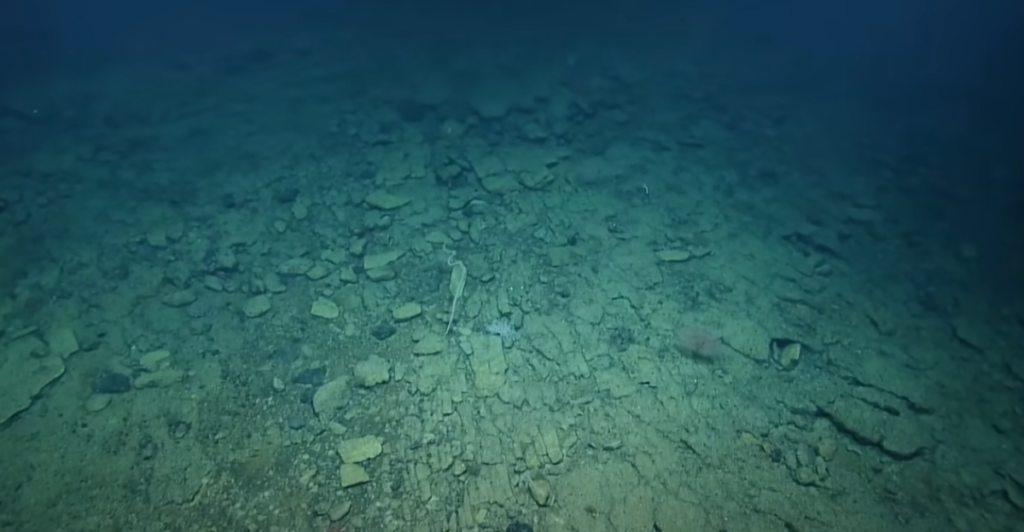
The formation is a dried lakebed made of hyaloclastite rock. The yellow-hued volcanic rocks are formed during high-energy eruptions when lava flows into water or ice. The formation has a brick-like pattern, making it reminiscent of cobblestones, likely made from heating and cooling cycles during multiple eruptions.
Historical Context
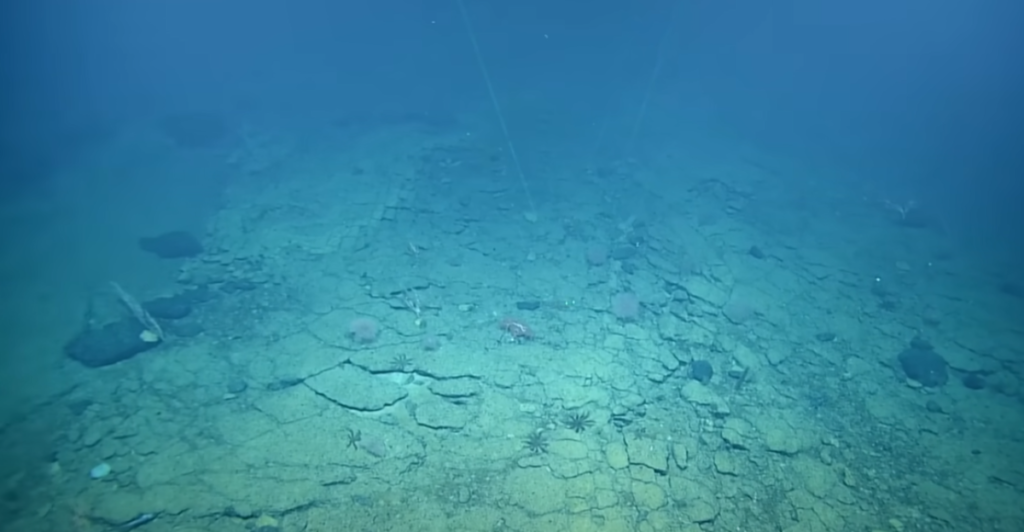
The name was taken from the ever-popular book The Wonderful Wizard of OZ by L. Frank Baum, which features a yellow path leading to adventure and discovery. The original video posted by OET features live commentary of the find, and researchers can be heard describing the discovery as “bizarre”, “cool” and “crazy”.
The Role of Volcanic Activity
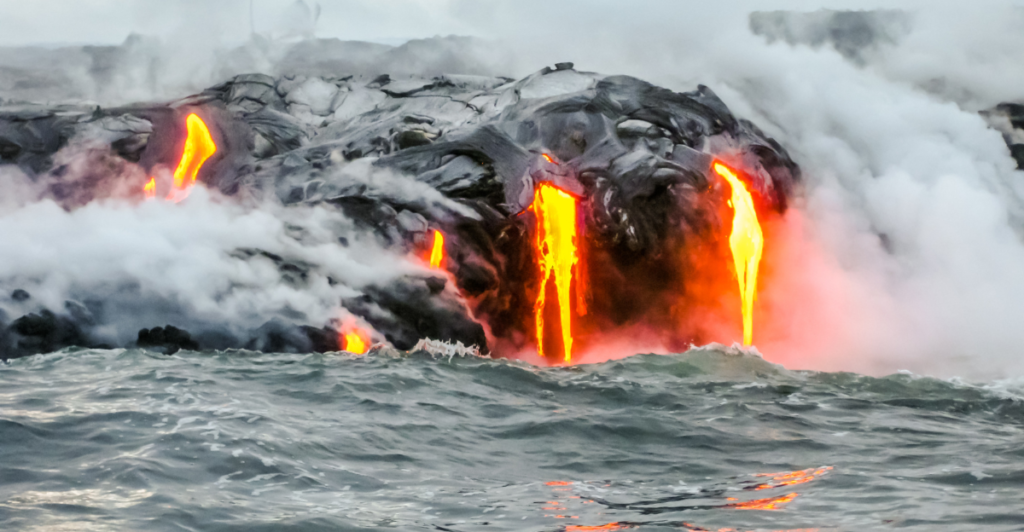
This discovery highlights how volcanic activity can shape oceanic landscapes. The formation of seamounts—underwater mountains created by volcanic eruptions—provides essential habitats for diverse marine species. These underwater activities allow scientists to study the natural processes that shape the ecosystems and marine biodiversity in seamounts.
Marine Life
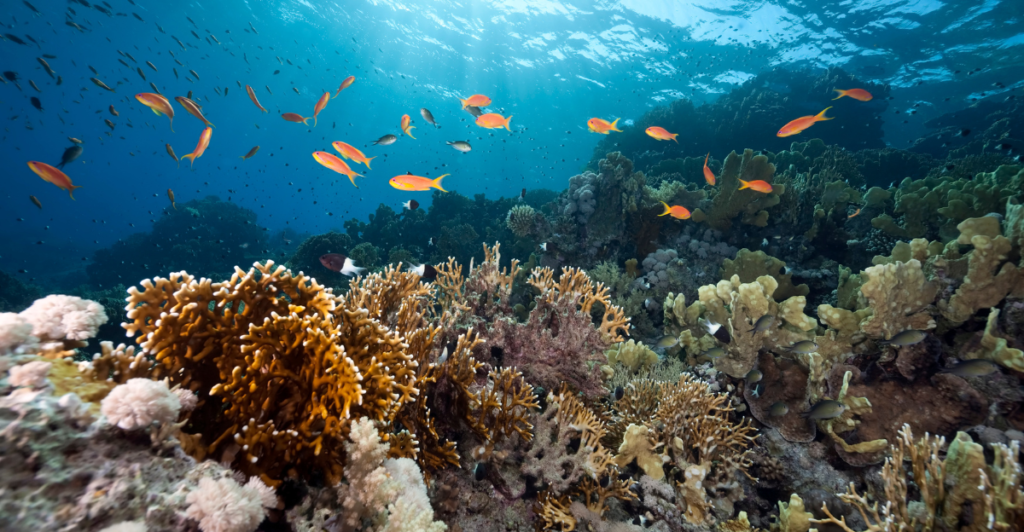
The Nautilus was able to document various marine life while exploring the “Yellow Brick Road”. The vessel collected data on animals and microorganisms that call this seamount home. This included dumbo octopuses, colorful corals as well as an odd-looking gelatinous creature. “These studies will help provide baseline information on the living communities of seamounts, which can inform management and conservation measures,” the team said.
Conservation Implications
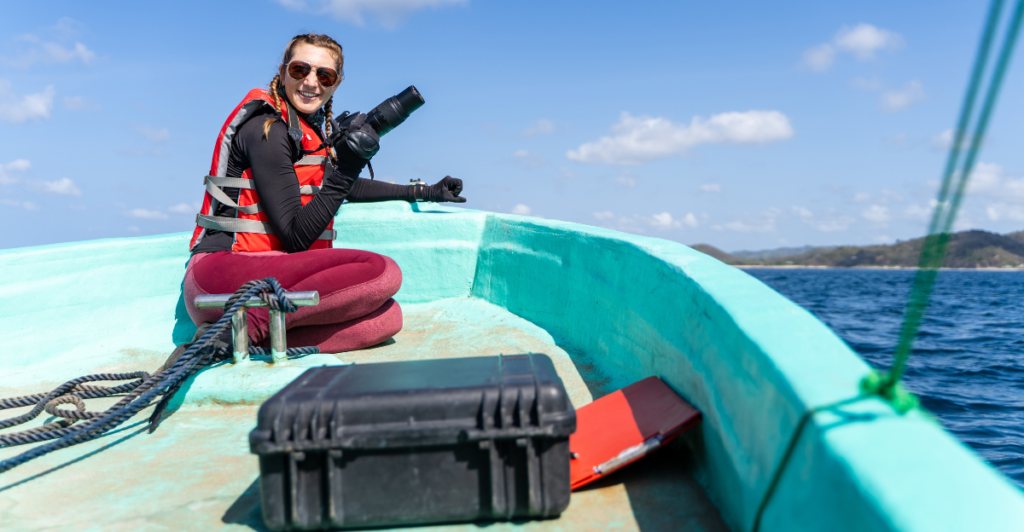
It is already protected because the “Yellow Brick Road” lies within the PMNM. This means that it is already shielded from fishing and mining activities and will allow researchers unfiltered access to the area where they can study natural phenomena without human intervention. Finding such a seamount in an already protected area highlights the importance of conservation and protection.
Research Opportunities
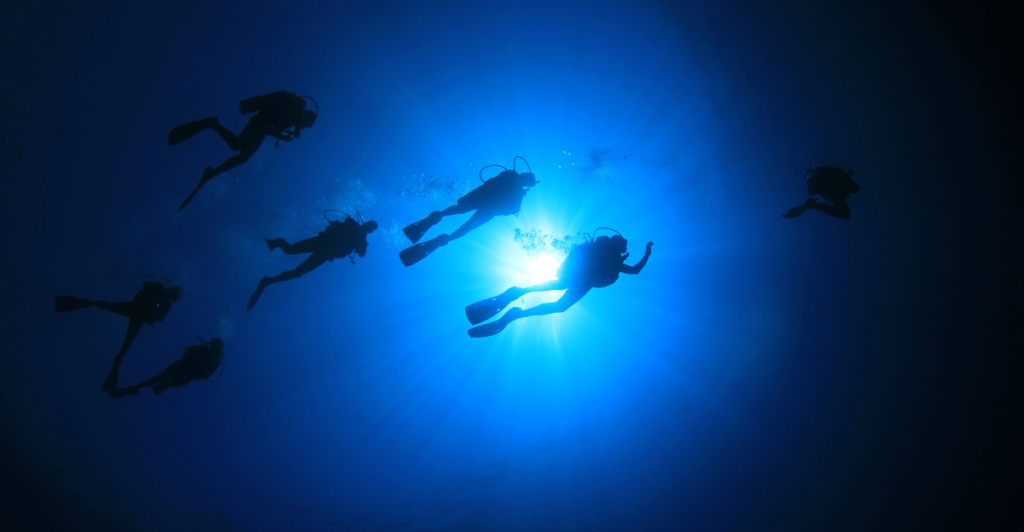
This unique seamount presents numerous research opportunities. With its discovery, scientists can study the formation’s structure better to understand volcanic processes and their impact on marine ecosystems. Marine life and ecosystems found in seamounts can also be studied and documented for future generations. Such research could enhance our understanding of how underwater geology influences biodiversity.
Future Exploration
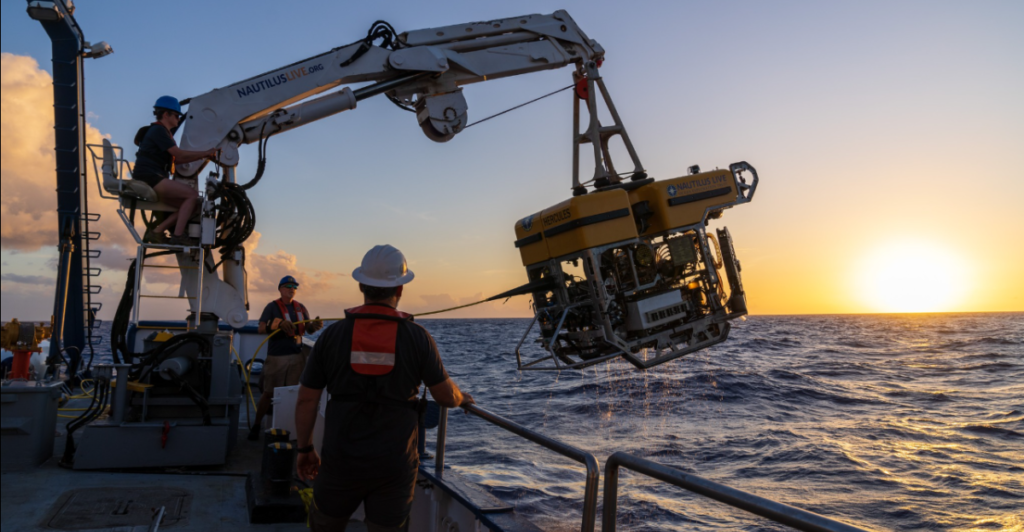
Since only three percent of the Papahānaumokuākea Marine National Monument has been explored, future expeditions hold great promise. Researchers aim to uncover more about this mysterious underwater realm, potentially revealing new geological formations and marine species.
Challenges to Exploration
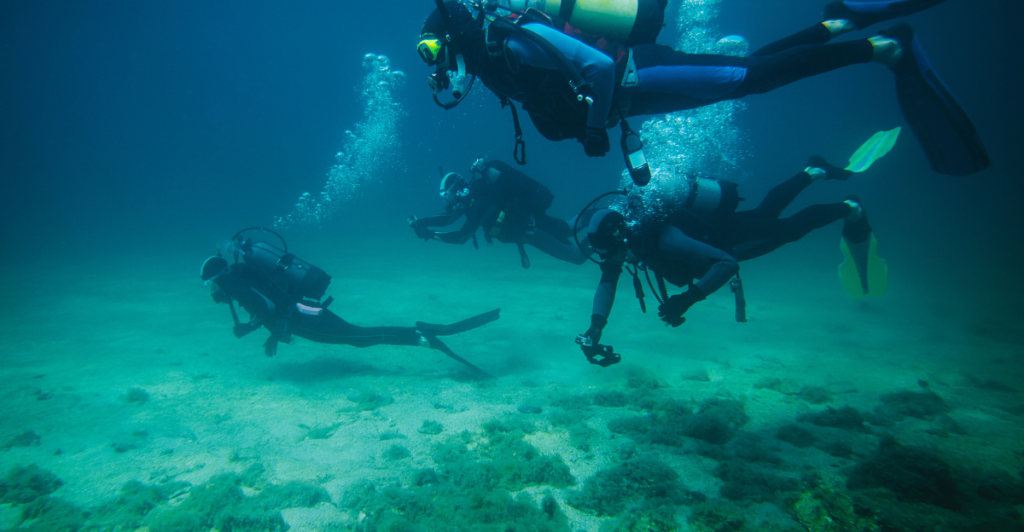
Given the depth and size of the PMNM, researchers are likely to face challenges inherent to oceanic environments, such as high pressure and low temperatures. As explorers face challenges in environment and funding, they have one thing on their side—public interest, support and encouragement, and advanced technologies that have improved deep-sea exploration.
Importance of Marine Conservation
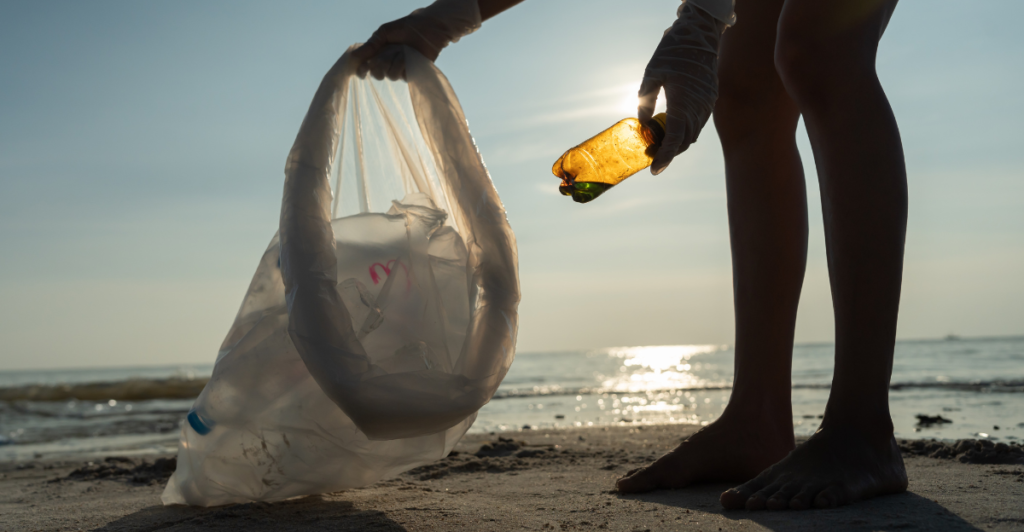
Because so much of the ocean has yet to be explored, studied, documented, and understood, it is very likely that many more great discoveries will be made. This makes protecting the ocean and its marine life extremely important because in protecting it, we can learn from it.
The Ocean’s Yellow Brick Road
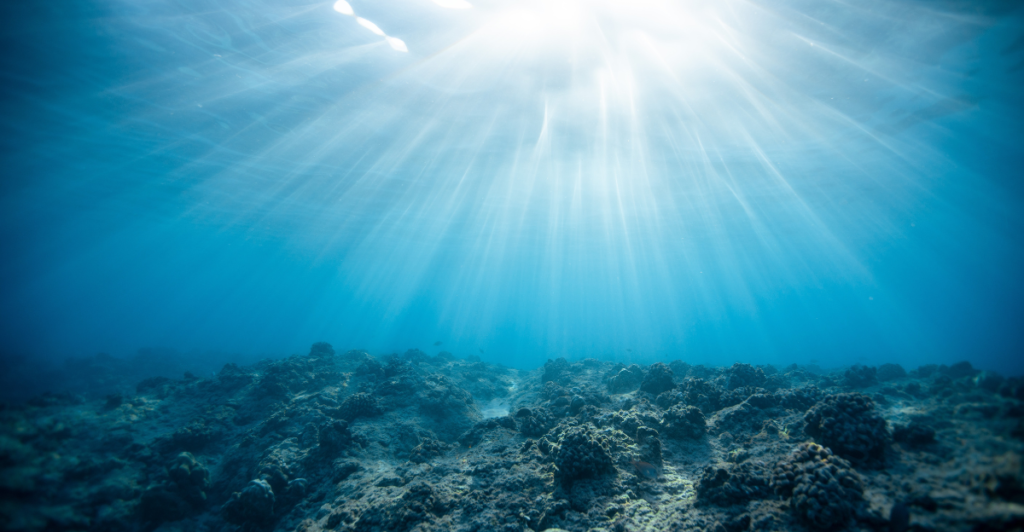
The “Yellow Brick Road” is a shining example of the ocean’s mysteries. It has provided scientists with more information on underwater volcanic activity and the marine life that thrives in seamount environments. While the discovery may not lead to Oz or a wizard, it could lead to more research, exploration, and information on marine habitats.
Discover more of our trending stories and follow us to keep them appearing in your feed

Deepest Hole On Earth Permanently Sealed After 2 Billion Year Old Discovery
World’s Largest Waterfall Discovered 6,600 Feet Underwater
Wolves Still Roam In These States in 2024—Is Yours On The List?
The War on Cows Is Over—And Green Extremists Have Lost
References:
Reference 1
Reference 2
Reference 3
This article first appeared here
Stay connected with us for more stories like this! Follow us to get the latest updates or hit the Follow button at the top of this article, and let us know what you think by leaving your feedback below. We’d love to hear from you!







